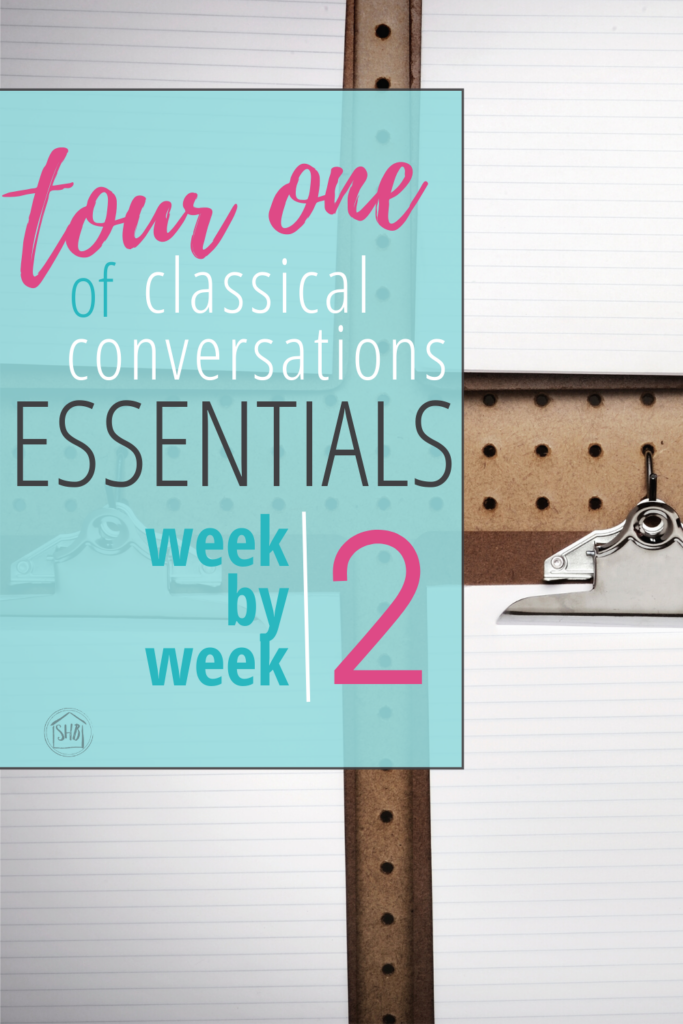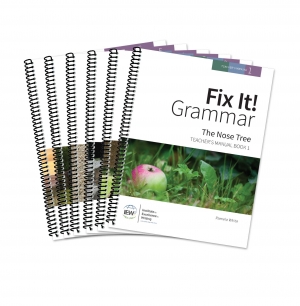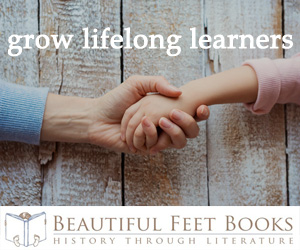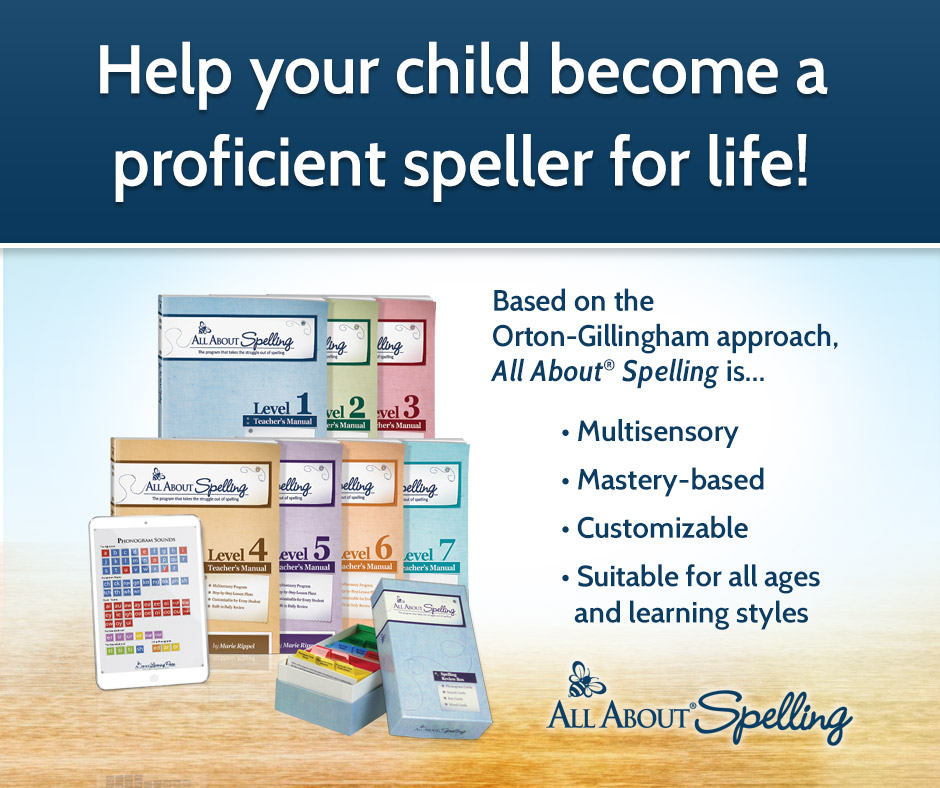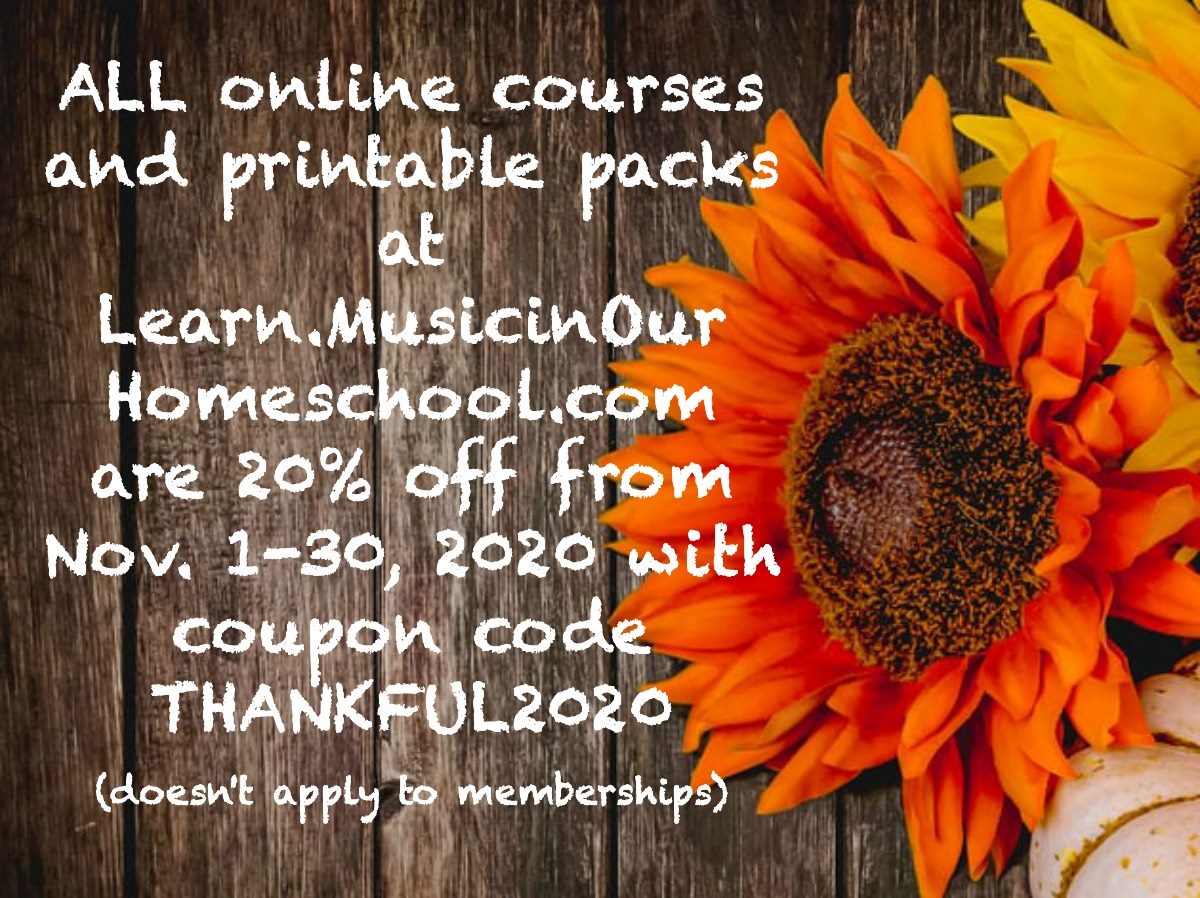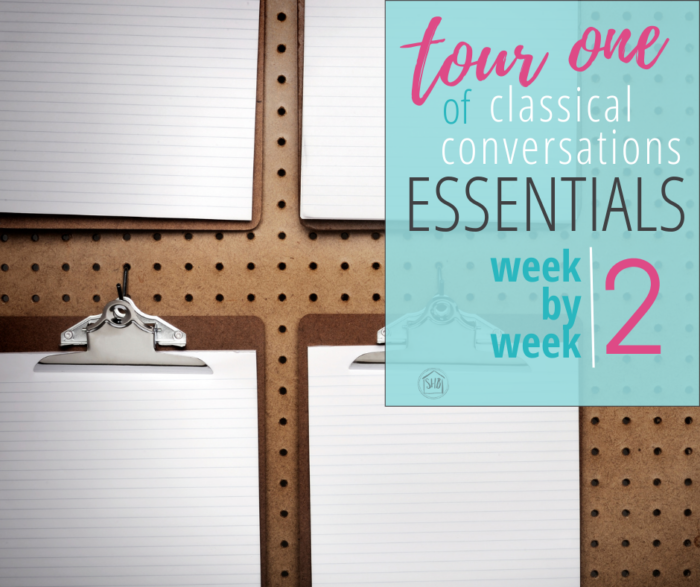
To say we are settling into Essentials in our second week seems a bit premature. However, we are not overwhelmed by the workload, because we have had a wonderful foundation in the early years of Classical Conversations. One of the best things about going from 4 years of Foundations work into the next three years of Essentials is the recognition of so many Grammar puzzle pieces in the whole picture.
This post may include affiliate links. If you click and make a purchase based on my recommendation, I get a small remuneration at no extra expense to you. I only recommend things I use and believe to be a blessing.
A Peek Behind the Essentials Curtain
As I mentioned in my first week Essentials post, there exists a sort of veil between the Essentials and Foundations years of Classical Conversations which obfuscates any attempts to prepare. We are often encouraged to “Trust the process.” For those of us who stand on the other side of the veil, craning our necks to see the mysterious Essentials years, this offers small comfort. Thus, we push on with memory work that makes some connections, while longing to see the bigger picture.
I promised myself that when I finally got to see behind the curtain, I would look back and let others know the treasures unveiled. So, I am ambitiously promising to give you updates, on a week-by-week basis, of our First Tour through Essentials.
Today, I am not going to go into what Essentials is. So, if you are unaware of just what Essentials is, please go to Classical Conversations and read into it. I will, someday soon, write up a short post detailing the what of Essentials. But for today, I am just covering our second week.
Essentials Parent Preparation
If this is your first time reading one of the Essentials Tour One posts, here are the things I did to prepare myself for the week ahead. Many of the things are the same each week.
- I made a bunch of Essentials resources for my daughter this summer. There are a Weekly Student Planner (available on CCC; user name: ussleah), Spelling bookmarks, math resources, posters. It was a bit over the top, I will admit. But I had it all ready to go and will add to it as we go through the year.
- I went to a Pudewa party with my fellow community moms. I had actually watched the first videos already with a friend last year, but it was good to hear these things again. I also listened to IEW student book
- her Essentials Student Planner (available on CC Connected)
- a pencil
- some math helps (for math time)
I packed my backpack with:
- The EEL guide
- the IEW teacher guide
- my trusty note taking notebook (and post-its)
- a couple of pens
Essentials, In Class
As I mentioned last week, the in-class portion of Essentials is a fast-paced session of learning. The kids seemed to settle into the routines nicely. They follow along and are engaged almost the whole time.
EEL
During the first thirty minutes of class, our tutor set up a review game for Chart A. The students took turns writing a small piece of Chart A on an enlarged laminated copy of it. Our tutor then turned to the discussion of Verbs alongside chart C. Each student had two hearts, each with one attribute of verbs. As she discussed each attribute, the student brought her heart up to the white board and placed it in the correct category for that attribute.
This was followed by a quick review of Chart D, focused primarily on the principal parts of verbs: infinitive, present, past, present participle, past participle. I really appreciated her hand motions for each of these principal parts and we used them during the week as we reviewed Chart D. By the way, the irregular verbs included in Chart D are some of the same irregular verbs memorized in the Foundations years in Cycle 3.
Math
For the second thirty minutes, there was another round of Math Games. Starting with simple mental math exercises warmed the students up nicely. And then we played Number Knockout. My student, who fell in love with Number Knockout last week, worked diligently by herself. I think the shouting out of solutions and the threat of “a scratch” – when a number already knocked out is the solution to a problem – made her crave independence. I assume this is just as good an approach as whole-hearted participation. The nice thing about Essentials is the parent is still the teacher and can set the parameters of her child’s learning and requirements.
IEW
During the last thirty minute segment, a first-year, a second-year, and a third-year student each read her paper from Week 1. The listening students were encouraged to listen for and identify the use of an -ly adverb in each paper. Then we worked on creating a key-word outline for the passage of the week. The key-word outline is kind of a hard thing for students to wrap their minds around. I encouraged my student to write down exactly what the teacher wrote down. We can discuss it later at length, but it is helpful to have something to work with that we know has been correctly completed.
Essentials At-Home
We did not get to everything on the list for the week, as my student got sick towards the end of the week and we will have to miss week three’s class session. But we did make a start. Specifically, here is what we did for each strand.
EEL
We reviewed Chart A and B from last week and set to mastering Chart C and D. Chart C is rather complicated and it can be hard to determine what is appropriate to expect the student to memorize in the first year. Since my student knows the definition of a verb and can recite it in her sleep, I am working to memorize the Verb Types and Verb Attributes (just the category titles).
For those of you who do not know what is included in Chart C because you are in Foundations looking at this peek behind the curtain, Charts C and D cover Verbs. Chart C has the definition of a verb (included in the Cycle 2 memory work), 4 verb types, 4 verb attributes, and 12 verb tenses. We are taking the easy plus one approach here by having my new Essentials student just memorize the 4 verb types, the 4 verb attributes (and maybe the 12 verb tenses).
Chart D covers the Principal Parts of Verbs. For this one, I am having my student review the memory work (Cycle 3, Weeks 1-4) which is included in this chart. We are also taking about 5 minutes to walk through the irregular verbs included on Chart D. Many of these are covered in the Cycle 3 memory work, weeks 5-16. Thus, there is a lot of time to review these alongside Chart D.
Summary: Copied Chart C one time. Reviewed Charts A-D orally 2 times.
Math
We didn’t get around to playing Number Knockout at home this week. But we did continue our Saxon Math 5/4 discussion of problem solving together. We have one more day to roll those dice and see how many numbers we can knock out for Number Knockout! Hope springs eternal.
IEW
Since our class time allowed the students only enough time to write their own key word outlines for one paragraph of the two included in this week’s lesson. We worked on reviewing the one we created in class and completing the key word out line for the second paragraph.
My student cut out the vocabulary word cards from the back of the manual and reviewed them throughout the week. She also added three of the vocabulary words to her key word outline.
We followed the direction of Mr. Pudewa to have her go over the key-word outline and say it out loud in her own sentences. The rule – “do not speak unless you are looking up” – truly helped her to gather her thoughts and then say what she wanted to say. She did this psuedo-presentation with me and again, later in the week with her Dad. This week I am going to have her write out her “rough draft” for the key-word outline. Then we will work on editing it together. I still have not had her write a final draft, yet.
Summary: key-word outline completed for both paragraphs, practicing putting in -ly adverbs and vocabulary.
Essentials Tips for Week Two
Last week I shared my biggest takeaway for week one: the timer we invested in earlier this summer was worth it. We continued to rely on timers a lot this week. They are motivating for my kids. I think it is because they know the beginning and end of something. And they can work accordingly. We can handle 3 minutes of almost anything, right?
What I forgot to mention last week was that we are doing two portions of grammar work outside of the EEL/Essentials framework. Spelling and Editing Exercises are something we have already incorporated into our regular homeschool days. I debated switching over to the “recommendations” of Essentials for both of these, but I just couldn’t bring myself to do it. Messing with what works for us tends to create confusion, frustration, and removes a bit of the joy we have in our days.
Spelling
We are hands-down an All About Spelling homeschool family! My kids (and I) love it. We reached the decision point to switch from AAS to Phonetic Zoo last year and we chose to stick with what was working for us. Can I just tell you? – I have learned SO much from All About Spelling. Seriously! The best part of AAS is the constant review. My students are not struggling to learn a list of spelling words and then moving on, never to see those words again. This year, my Essentials student is working through Level 6 of All About Spelling. It is challenging for her! But it has prepared her so well in levels 1-5 to analyze words and discover the why behind specific spellings. We will likely finish All About Spelling this year -through Level 7 – and go searching for some other vocabulary and spelling curriculum. Any suggestions?
Despite eschewing the EEL spelling, we are going over the spelling lists in the back (A and B). I am using it as a review for All About Spelling. You can read more about this here.
Editing
We started using IEW’s Fix-it program for grammar and editing at the beginning of our summer term this year. And we immediately loved it! It is another review-heavy, incremental learning program that fits perfectly with what we have already memorized in the Foundations years of Classical Conversations. Although we have been cautioned against continuing to use it with Essentials (because it may be too much work), we have opted to use it in place of the editing exercises included in the EEL guide. I have lots of thoughts about this wonderful curriculum and will share them soon in another post.
There you have it. Week two of Essentials, Tour one. Please let me know if you have more questions in the comments.
